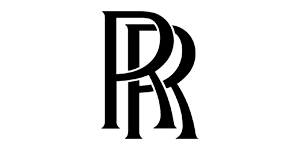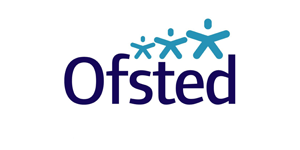The Seven-Eyed Model of Supervision
Why Supervision Matters
At the British School of Coaching, we view supervision as the reflective backbone of professional coaching. It is the space where coaches pause to look at their work, not just through one lens, but through many, exploring patterns, emotions, ethics, and context.
One of the most influential frameworks that supports this reflective depth is the Seven-Eyed Model of Supervision by Peter Hawkins and Robin Shohet (2012).
This model invites both the coach and supervisor to step back and view their work through seven distinct perspectives — or “eyes” — each offering valuable insight into what’s happening in and around the coaching relationship.
What Makes the Seven-Eyed Model So Effective?
The model is built on the understanding that coaching is a relational and systemic process. It recognises that what happens between coach and client is shaped by internal feelings, external influences, and wider organisational systems.
By exploring all seven eyes, coaches can:
- Broaden their self-awareness.
- Strengthen ethical and reflective practice.
- Understand the impact of relationships and context.
- Develop new insights and confidence in their professional role.
The Seven Eyes Explained
👁️ 1. Focus on the Client and Their Story
What is the client really bringing to the session?
This first lens explores their goals, themes, and emotional landscape. It helps the coach and supervisor understand the client’s narrative and what change might look like for them.
👁️ 2. Focus on the Coach’s Interventions
How is the coach working with the client’s story?
This lens examines the questions, tools, or models used — and how effective they were in moving the client toward insight or action.
👁️ 3. Focus on the Coach–Client Relationship
What’s happening between the two people in the room?
This eye explores trust, rapport, tension, and connection- the dynamics that shape the coaching process itself.
👁️ 4. Focus on the Coach (Their Process and Feelings)
How is the coach being in this work?
This reflective lens invites awareness of emotions, assumptions, and triggers that may be influencing how the coach shows up with the client.
👁️ 5. Focus on the Supervisor–Coach Relationship
Are there echoes between the coaching and supervision spaces?
Patterns that appear in the coach–client relationship often repeat in supervision. Exploring these parallels helps both supervisor and coach recognise deeper dynamics at play.
👁️ 6. Focus on the Supervisor’s Own Process
What is the supervisor noticing in themselves?
This meta-perspective encourages supervisors to be aware of their own thoughts, sensations, and intuitions, using these as valuable data to support learning.
👁️ 7. Focus on the Wider Context and System
What external forces are shaping the work?
This final lens zooms out to consider the organisational, cultural, or systemic environment surrounding the coaching relationship. Every conversation exists within a larger system that can enable or constrain change.
How to Use the Model in Practice
In supervision, these seven eyes are not steps to follow, they are interconnected lenses that can be explored as needed.
Effective supervisors move fluidly between them, bringing balance between technique, relationship, and context.
For practising coaches, using the Seven-Eyed Model can transform reflective journaling or supervision sessions into richer, more integrated explorations of professional growth.
Reflection Prompt for Coaches
“Which of the seven eyes do I tend to use most often in my reflections — and which might I need to open more widely?”
Learn More with BSC
At the British School of Coaching, we believe supervision sustains both excellence and wellbeing in coaching. Our ILM Level 7 Certificate in Coaching Supervision helps experienced coaches step confidently into the reflective mirror, deepening practice while guiding others.
If you would like to explore supervision as part of your professional journey, connect with us to discuss the next intake.
Further Reading
-
Hawkins, P. & Shohet, R. (2012). Supervision in the Helping Professions. 4th Edition. Open University Press.
-
Carroll, M. (2009). Supervision: Critical Reflection for Transformational Learning. Routledge.
-
British School of Coaching. (n.d.). BSC Coaching Supervision Programmes.
Supervision through the Seven-Eyed Model isn’t about correction — it’s about seeing coaching from every angle.
By exploring through multiple lenses, coaches not only enhance their professional practice but also sustain the reflective presence that defines great coaching.






